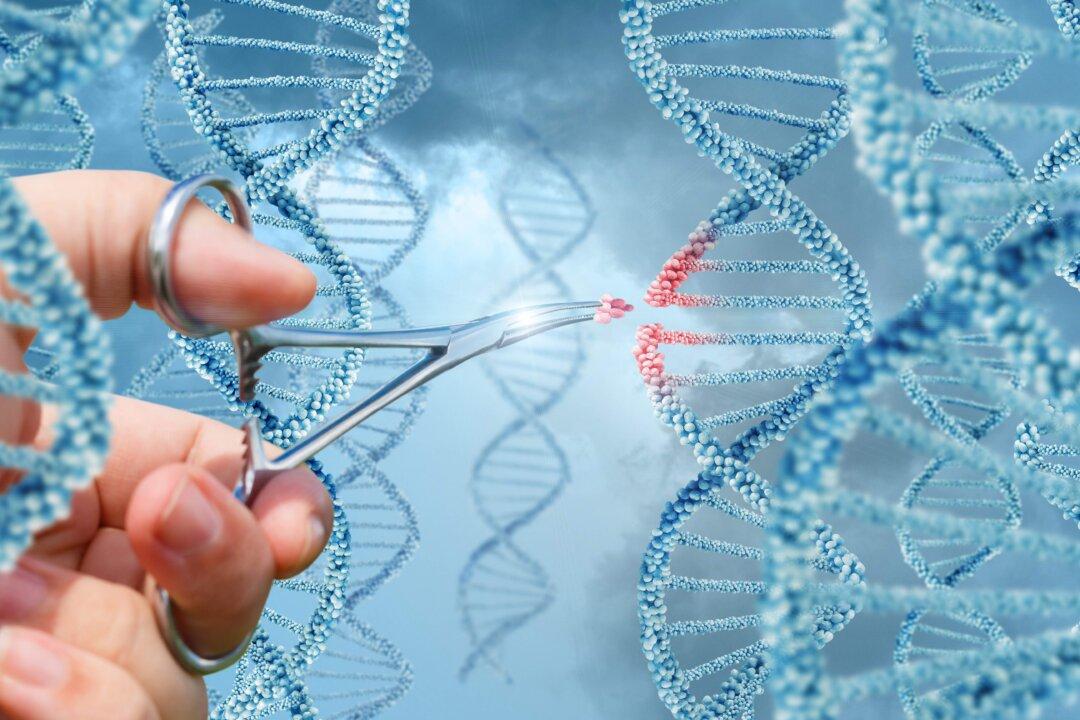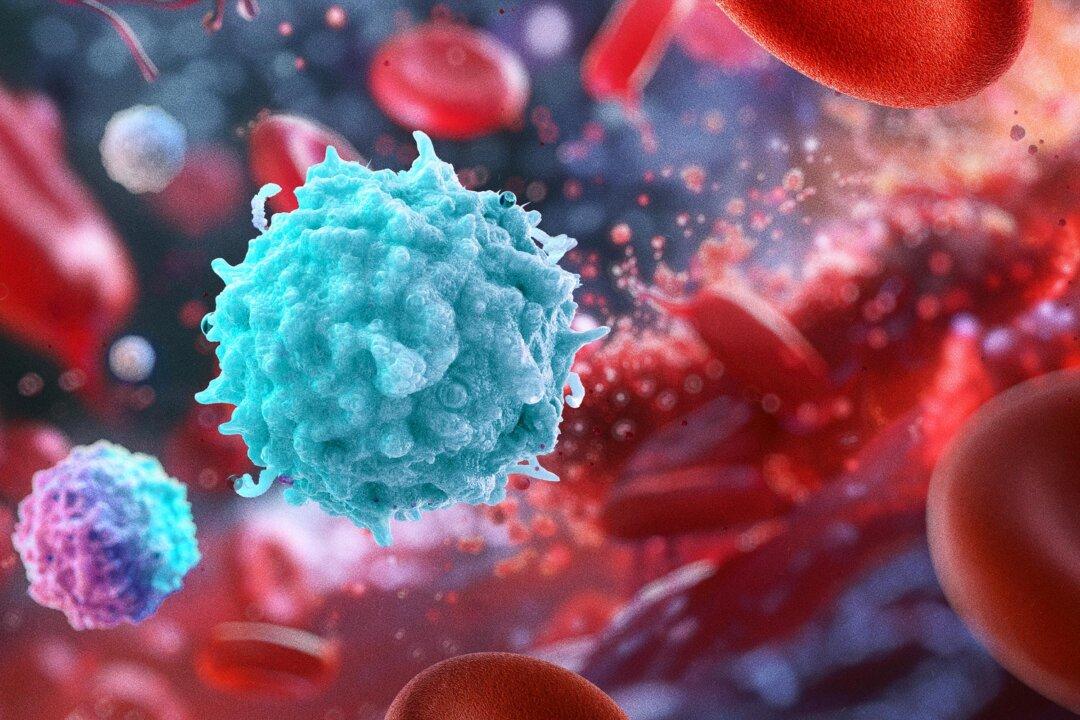With little public discussion, a new technology with unknown potential to change the very building blocks of a human being is operating in a weakly regulated grey zone.
While proponents hope gene editing can revolutionize the future of medicine, the implications of the technology remain largely unknown. Scientists say that with just a few tweaks to our genome, we may one day be able to treat or cure diseases.






